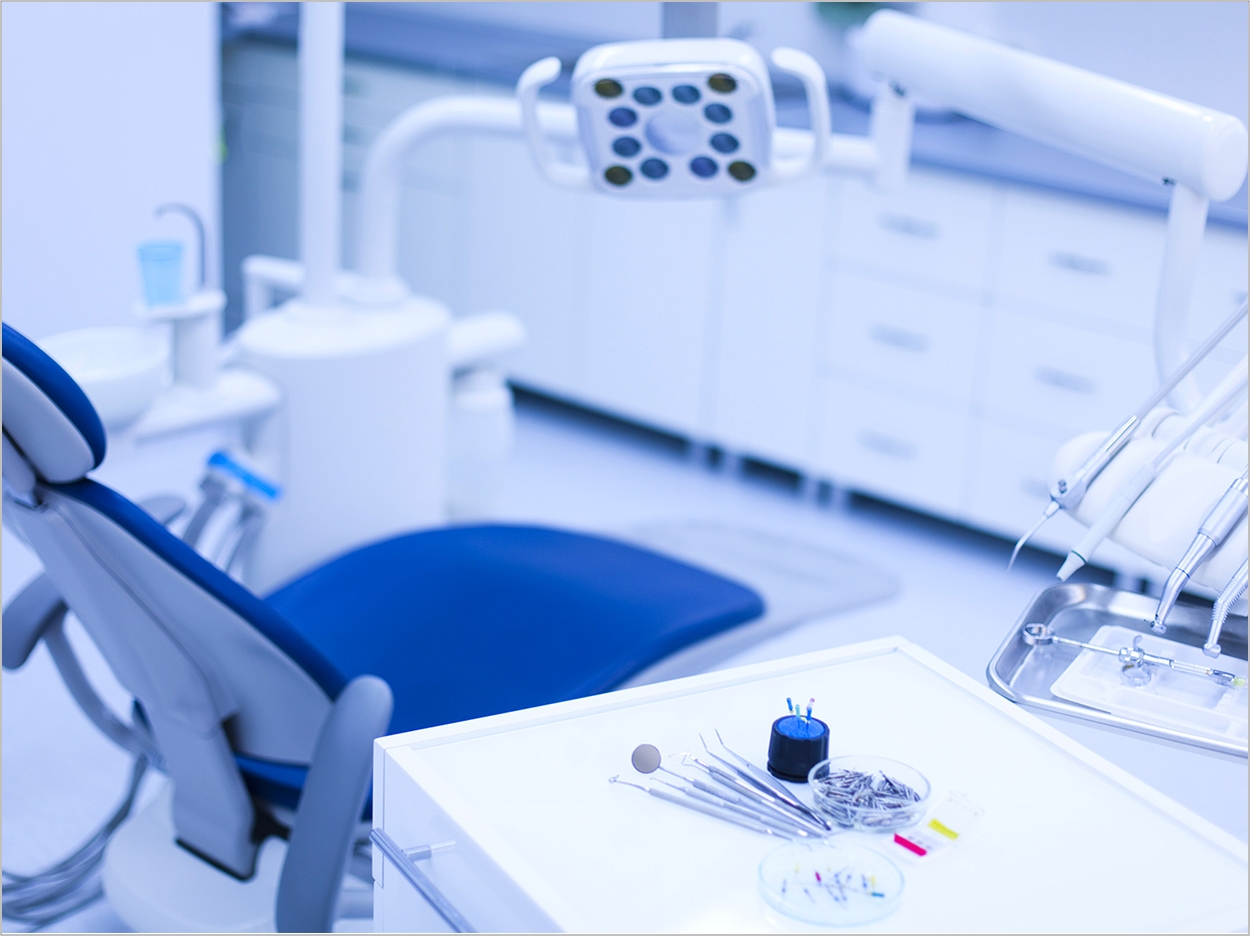
Most low-income Michigan residents and dentists who participated in a program that provided free dental care in exchange for volunteer work said they liked it, and most patients felt their oral health had improved, according to the University of Michigan. Serving Ingham County and its surrounding areas, Care Free Pay It Forward offered adult participants $25 in dental services for each hour of volunteer work.
The program ran from January 2014 to October 2015 as a partnership between Care Free Medical and Dental, a nonprofit providing free medical services to low-income residents, and the Central District Dental Society of Michigan. Lorene Kline, RDH, surveyed patients and providers as part of her master’s thesis for the University of Michigan School of Dentistry. About 80% of those who responded said they liked the program and would recommend it, while 12% said it was tough to balance volunteering with family and work.
“That made us question whether it’s a good model for working adults who have families and children,” said Kline, a clinical lecturer at the school. “It’s probably more difficult for them to find the time to dedicate to community service.”
Kline stressed that the program is just one tool among many to help meet the large, unmet need for low-cost or free dental care, not a panacea. The eligibility requirements were fairly narrow, as Pay It Forward was specifically geared toward low-income adults who fell below 250% of the poverty level and didn’t qualify for Medicaid.
Once eligible, patients took an hour-long oral health education class and donated 4 hours of volunteer work, choosing from a list of 80 nonprofits. The first hours covered the initial exam, x-rays, and a cleaning. Next, dentists outlined treatment plans and volunteers were given the number of hours they needed to continue treatment. Cost was based on Medicaid schedule fees, and patients completed the hours before receiving the services.
Patients volunteered an average of 33 hours and received more than $1,150 in treatment for a total savings of $43,815. Actual numbers varied widely based on services needed with a range of $195 to $5,056. The program wasn’t designed for major restorative work like crowns and bridges. Most patients received preventive cleanings, exams, extractions, and simple restorations, though some dentists did choose to provide more extensive care.
About 108 million people in the United States have no dental insurance, the university reports, and even covered patients have trouble accessing care because it’s too expensive or too far away. About 70% of the patients were in pain when they entered the program. A third said their teeth and gums limited the kinds or amounts of food they ate. Plus, 38% said their teeth caused discomfort, worry, and concern and affected their lives in all aspects, and 40% said they were uncomfortable eating in front of others.
Of the dentists, 7 of the 9 who responded to the survey rated the program favorably on all aspects. Two dentists said they didn’t find volunteering for the program rewarding and voiced issue with the volunteer activities. They also said that the quality of care wasn’t comprehensive enough.
The program did not make exceptions for emergencies, though Kline said it’s safe to assume that it reduced dental-related emergency room visits, considering the large number of patients who were already in pain. A 2011 Delta Dental study shows that there are about 7,000 such visits for preventable dental conditions, with 1,000 requiring hospitalization, each year. Hospitals collected only about $15 million of their estimated $58 million cost.
“Dental-related hospital emergency room visits are a huge cost,” Kline said. “The average cost of one single avoidable hospitalization is about $12,448.”
The study, “No Cost Dental Care in Exchange for Community Service Hours: Participating Patients’ and Dentists’ Responses,” was published in the Journal of the Michigan Dental Association.
Related Articles
How Does Your State’s Oral Health Stack Up?
Deprivation Leads to More Extractions and Less Prevention
Dental Cases Increasing in Nebraska Emergency Departments












